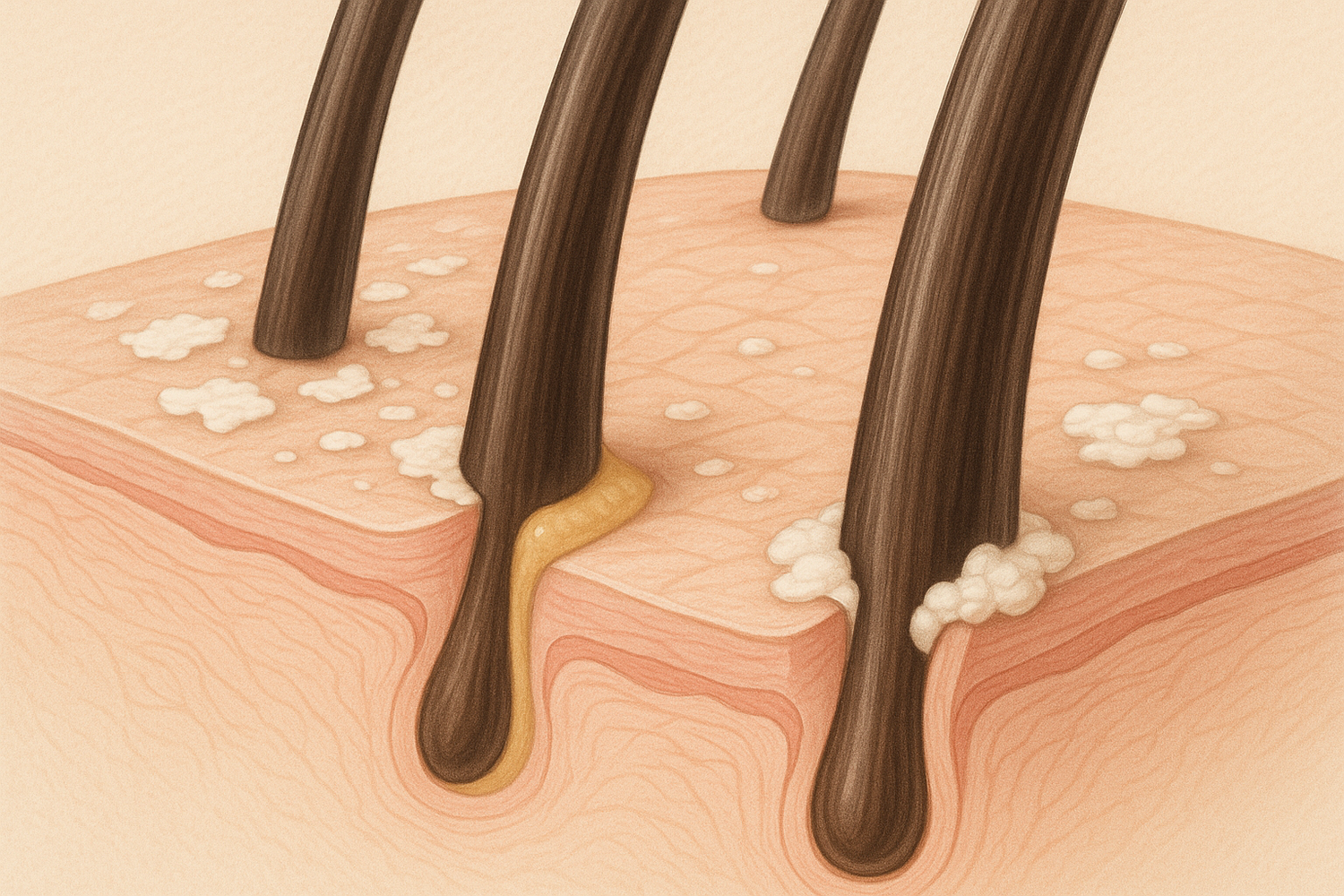There are generally five common skin types, each with its own characteristics:
-
Normal Skin:
- Characteristics: Balanced moisture levels, few imperfections, small pores, and an even skin tone.
- Care: Normal skin requires a basic skincare routine with gentle cleansers, lightweight moisturizers, and regular sun protection.
-
Oily Skin:
- Characteristics: Excess sebum production, enlarged pores, shiny complexion, and a tendency to develop acne.
- Care: Use oil-free cleansers, non-comedogenic moisturizers, and products with ingredients like salicylic acid. Regular exfoliation can help control oil and prevent breakouts.
-
Dry Skin:
- Characteristics: Insufficient sebum production, tightness, flakiness, fine lines, and a dull complexion.
- Care: Choose hydrating cleansers, rich moisturizers, and products containing ingredients like hyaluronic acid. Avoid harsh products that can further dry out the skin.
-
Combination Skin:
- Characteristics: A mix of oily and dry areas on the face. Commonly, the T-zone (forehead, nose, and chin) is oily, while the cheeks may be dry.
- Care: Use a combination of products, such as a gentle cleanser, oil-free moisturizer for the T-zone, and a more hydrating moisturizer for the drier areas.
-
Sensitive Skin:
- Characteristics: Prone to redness, irritation, itching, and may react negatively to certain skincare products.
- Care: Opt for fragrance-free, hypoallergenic products. Use gentle cleansers, and avoid harsh exfoliants. Patch-test new products and introduce them gradually to prevent adverse reactions.
To determine your skin type, you can perform a simple test at home:
-
Cleanse Your Face: Use a mild cleanser to remove any makeup, dirt, or impurities from your face.
-
Wait and Observe:
- Normal Skin: If your skin feels comfortable with no excessive dryness or oiliness after 30 minutes, you likely have normal skin.
- Oily Skin: If your skin feels oily and shiny, especially in the T-zone, you likely have oily skin.
- Dry Skin: If your skin feels tight, flaky, or shows signs of dryness, you likely have dry skin.
- Combination Skin: If you notice both oily and dry areas, you likely have combination skin.
- Sensitive Skin: If your skin shows signs of redness, irritation, or discomfort, you likely have sensitive skin.





